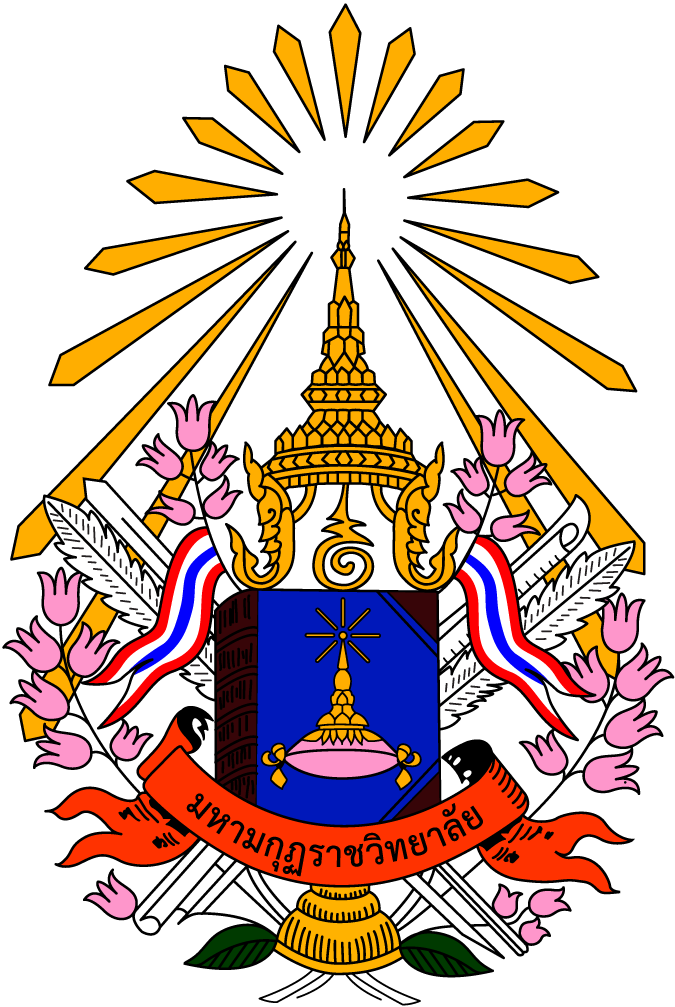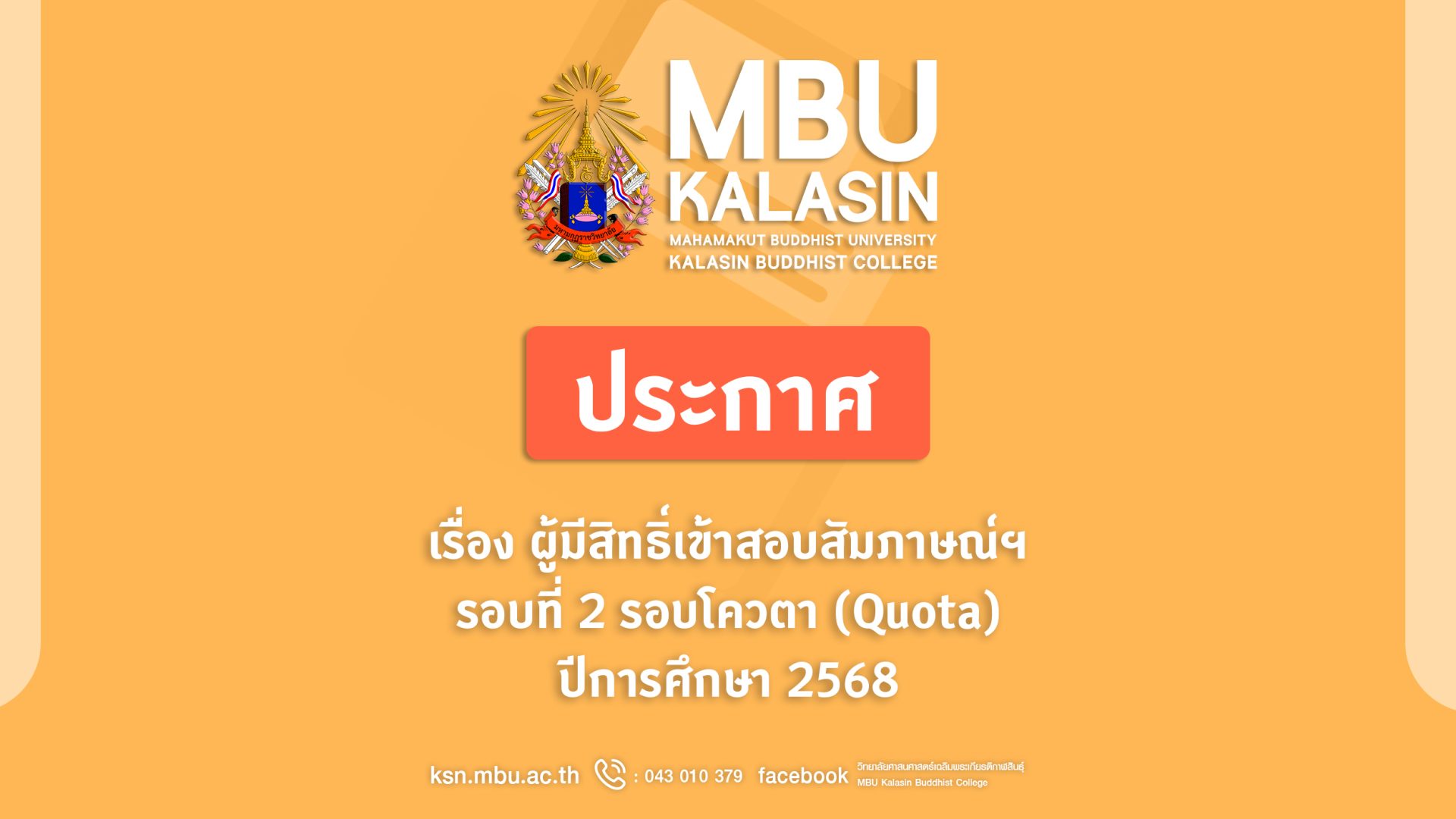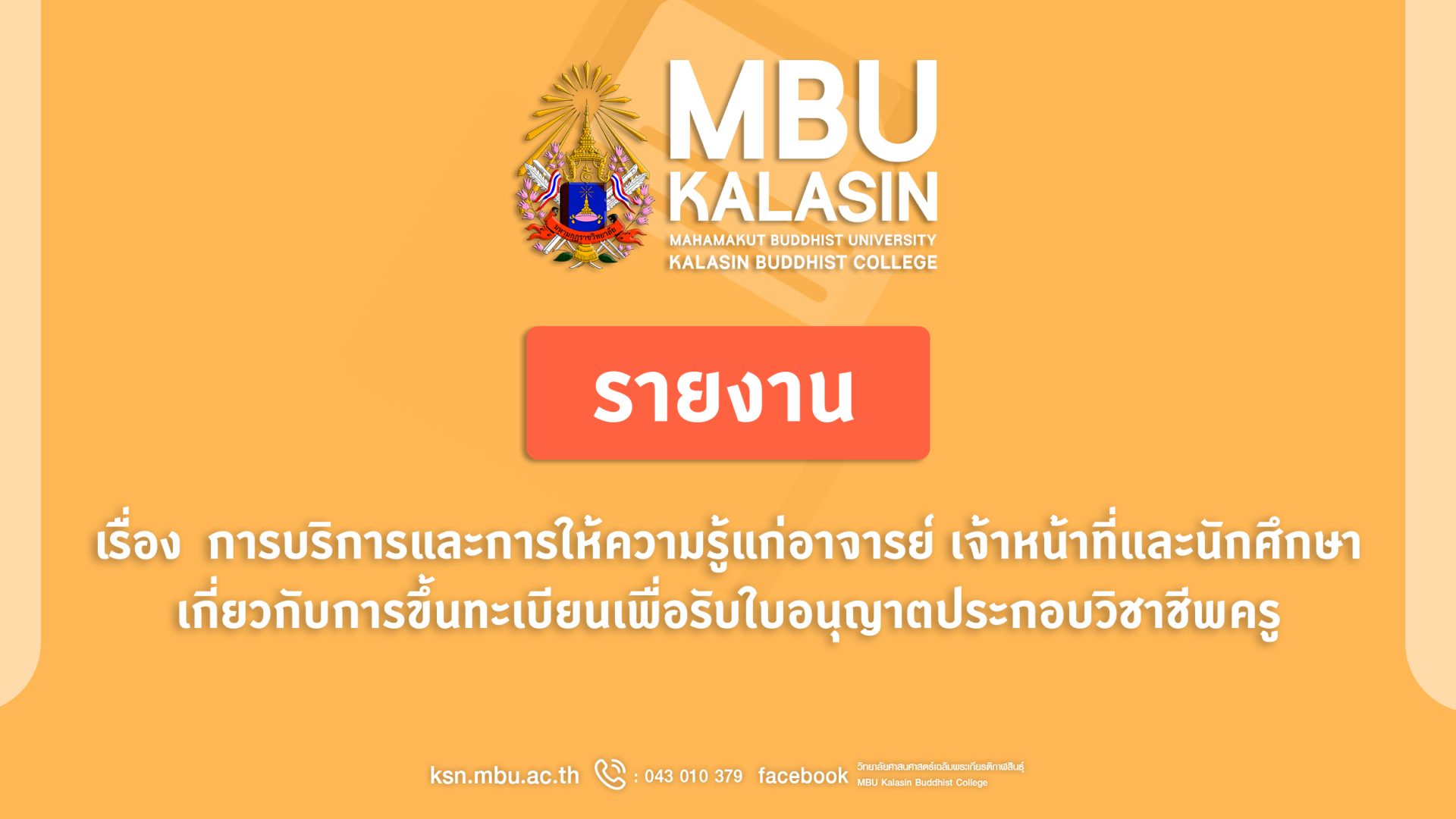Symbols are fundamental to how societies communicate values, beliefs, and identities. These visual or conceptual markers serve as gateways to understanding cultural priorities and social norms. In the modern landscape, the intersection of culture, humor, and symbolism creates dynamic spaces where perceptions of worth and identity are continuously reshaped. This article explores the profound influence of symbols, how humor acts as a transformative lens, and the way contemporary reinterpretations—such as the playful reimagining of mythological figures—impact societal understanding.
Contents
- 1. Introduction: The Power of Symbols in Shaping Cultural Perceptions
- 2. Theoretical Foundations: Understanding Symbols and Their Cultural Contexts
- 3. Symbols of Value: From Ancient Icons to Modern Interpretations
- 4. Humor as a Cultural Lens: How Comedy Reshapes Perceptions
- 5. Reimagining Power and Myth through Humor
- 6. The Mechanics of Symbol Transformation in Media
- 7. Cultural Perception and Humor: Impact and Implications
- 8. Deep Cultural and Psychological Insights
- 9. Practical Applications in Education and Media
- 10. Conclusion: The Future of Symbols and Humor
1. Introduction: The Power of Symbols in Shaping Cultural Perceptions
Symbols are more than simple images or signs; they are carriers of collective meaning that shape societal perceptions of value, identity, and norms. For example, national flags symbolize patriotism, religious icons reflect spiritual beliefs, and corporate logos convey brand identity. These symbols influence how individuals perceive their place within a culture and what that culture values most.
The relationship between culture, humor, and symbolism is particularly dynamic. Humor often acts as a bridge, making complex or sensitive symbols more accessible and relatable. By reinterpreting symbols through comedy, societies can challenge stereotypes, question authority, and foster social cohesion or critique. This fluid interaction shapes perceptions of what is considered valuable or sacred within a community.
2. Theoretical Foundations: Understanding Symbols and Their Cultural Contexts
a. Semiotics and the Meaning of Symbols in Society
Semiotics, the study of signs and symbols, explains how meaning is constructed and communicated. A symbol, in semiotic terms, is a sign that stands for something else—be it an idea, value, or social construct. For instance, a white dove symbolizes peace, but its interpretation depends on cultural context and shared understanding.
b. Cultural Relativity of Symbols
What one society venerates, another may dismiss or reinterpret. The swastika, for example, was originally a symbol of auspiciousness in many cultures but became associated with hate due to its appropriation in 20th-century history. This highlights the importance of cultural context in shaping symbol meaning.
c. The Role of Humor in Transforming and Reinterpreting Symbols
Humor functions as a powerful tool for recontextualizing symbols. It can challenge traditional meanings, making them more flexible and accessible. For example, satirical cartoons may parody political symbols, prompting viewers to reflect on their societal significance while reducing tension or fostering critique.
3. Symbols of Value: From Ancient Icons to Modern Interpretations
a. Historical Examples of Symbols Representing Cultural Values
Ancient civilizations used symbols to represent power and divine authority. The Egyptian ankh symbolized life, while the Roman eagle signified imperial strength. These symbols reinforced societal hierarchies and collective identities, enduring for centuries as markers of cultural pride.
b. The Evolution of Symbols in Contemporary Media and Entertainment
Today, symbols are continually reinterpreted through media. Superhero logos, for example, have become cultural icons representing ideals like justice and heroism. Digital memes and viral icons also function as rapid, humorous reimaginings of traditional symbols, influencing perceptions across generations.
c. Case Study Introduction: Le Zues slot as a Modern Reinterpretation of a Mythological Figure
Modern reinterpretations often blend humor with cultural references. The concept of “Le Zeus” exemplifies how ancient mythology can be transformed into a playful symbol that resonates with contemporary audiences, illustrating the ongoing evolution of cultural symbols.
4. Humor as a Cultural Lens: How Comedy Reshapes Perceptions
a. The Function of Humor in Challenging or Reinforcing Cultural Symbols
Humor can serve both to reinforce existing beliefs or to challenge them. Satire, for example, often critiques authority and societal norms, prompting reflection. Conversely, humor can also reinforce stereotypes by exaggerating cultural traits in a playful manner.
b. Examples of Humorous Reinterpretations of Serious Symbols
A notable example includes political cartoons that depict national symbols in humorous contexts, encouraging viewers to reconsider their significance. Social media memes often parody religious or cultural icons, sparking debates on respect and interpretation.
c. The Psychological Impact of Humor on Perception and Acceptance
Humor lowers defenses, making audiences more receptive to new ideas. Studies suggest that humorous reinterpretations can facilitate cultural understanding by reducing perceived threats and fostering openness.
5. Reimagining Power and Myth through Humor
a. Background of the “Le Zeus” Concept and Its Cultural Roots
“Le Zeus” is a modern playful take on the powerful Greek god Zeus, reimagined as a humorous character symbolizing fun rather than authority. This reinterpretation demonstrates how ancient symbols of power can be transformed to appeal to contemporary audiences, especially in entertainment contexts.
b. How “Le Zeus” Transforms a Mythological Figure into a Symbol of Fun
By replacing traditional depictions of Zeus with caricatured, humorous versions, creators challenge the seriousness associated with divine power. Such reimaginings make mythology more approachable and engaging, especially for educational purposes.
c. The Educational Value of Using Humor to Teach About Mythology and Cultural Symbols
Humor-based reinterpretations like “Le Zeus” serve as effective educational tools. They can simplify complex stories, foster curiosity, and encourage cultural literacy by making learning interactive and memorable.
6. The Mechanics of Symbol Transformation in Games and Media
a. The Role of Symbols like the “Mystery Symbols” and “Mystery Meter” in Engaging Audiences
Interactive media often incorporate symbols to heighten engagement. For example, “Mystery Symbols” in slot games create anticipation, while “Mystery Meters” visually represent progression, drawing players deeper into the narrative.
b. How Transformation Features Like “Mystery Reveal” Alter Perceptions
Features such as “Mystery Reveal” serve as moments of surprise that can shift perceptions about a game or story. They introduce elements of unpredictability, encouraging players to reinterpret symbols’ significance within the gameplay context.
c. Examples from “Myth-taken Identity” and Other Media Illustrating Symbolic Change
| Media Example | Symbol Transformation |
|---|---|
| “Myth-taken Identity” Game | Classical gods become humorous characters with playful traits |
| Social Media Memes | Serious symbols like flags or religious icons are parodied to generate discussion |
7. Cultural Perception and Humor: Impact and Implications
a. How Humorous Reinterpretations Affect Cultural Values and Stereotypes
Humor can challenge stereotypes by providing new perspectives. For instance, humorous depictions of national identities can foster pride or critique stereotypes, depending on context. However, careless humor risks perpetuating insensitivity or offensive caricatures.
b. The Balance Between Respectful Parody and Cultural Insensitivity
Respectful parody respects cultural symbols’ significance while offering critique or humor. Sensitivity is vital; misinterpretations can cause offense or misunderstandings, highlighting the importance of cultural literacy in humor creation.
c. The Influence of Humor on Cross-Cultural Understanding and Appreciation
Humor can bridge cultural gaps when used thoughtfully. Cross-cultural humor, such as in international films or global memes, fosters appreciation and dialogue, provided it avoids stereotypes and respects diverse perspectives.
8. Non-Obvious Dimensions: Deep Cultural and Psychological Insights
a. The Subconscious Effects of Humorous Symbols on Identity Formation
Humorous symbols subtly influence subconscious perceptions, shaping how individuals relate to their cultural identity. Repeated exposure to playful reinterpretations can reinforce a sense of cultural resilience or adaptability.
b. Cultural Resilience and Adaptation Through Reinterpretation
Humor allows cultures to adapt symbols to contemporary contexts, maintaining relevance without losing core values. This flexibility supports social cohesion even amidst change.
c. The Role of Symbols in Social Cohesion and Divergence
Shared symbols foster social bonds, but divergent interpretations can also lead to divisions. Humor facilitates dialogue, helping reconcile differences or highlight social tensions.
9. Practical Applications: Leveraging Symbols and Humor in Education and Media
a. Strategies for Using Humor to Teach Complex Cultural Concepts
Educational tools include humorous storytelling, satire, and interactive media. These methods simplify complex ideas, making them memorable and engaging, as seen in mythology classes that incorporate parody and humor.
b. Designing Engaging Media That Thoughtfully Reinterprets Symbols
Content creators should balance humor with respect, ensuring reinterpretations promote understanding rather than offense. Incorporating cultural consultants can enhance authenticity and sensitivity.
c. Case Example: “Le Zeus” as an Educational Tool in Cultural Literacy
“Le Zeus” exemplifies how playful reinterpretations can spark interest in mythology and cultural symbols, serving as an entry point for broader cultural education. To explore more about this approach, visit Le Zues slot.
10. Conclusion: The Evolving Landscape of Symbols, Humor, and Perception
Symbols, shaped by cultural values and transformed through humor, remain vital in shaping societal perceptions. As entertainment evolves, so does the way we reinterpret these symbols—balancing respect with creativity. Future trends suggest a continued blending of education, entertainment, and cultural dialogue, fostering greater cross-cultural understanding.
Respecting the core values embedded in symbols while




